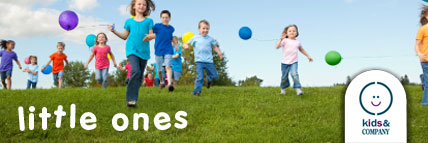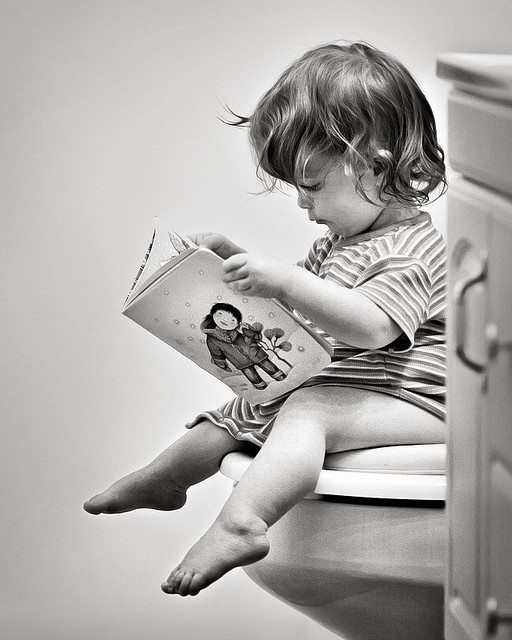One of the most popular questions we get from parents with young children is how to know when a toddler is ready to potty train and how best to make it a fun learning process for toddlers and parents alike.
The good news is that they all eventually get there. For some, a little push will get them interested and off they go but for others, they need to have the idea be their own.
We are happy to share the Kids & Company Toilet Training Plan that we give to our families. It is important that you and your child care provider are on the same page in terms of a plan and that they are giving you regular daily updates while the child is in their care.
Step 1: Interest – Shows interest in the toilet, washroom, flushing, toilet paper, putting things into the toilet, taking off/putting on their own clothing, choosing their own clothes, can use “washroom words”. This is a great time to read “potty training’ or “toilet training” books
Step 2: Readiness – Shows signs of discomfort when having a soiled diaper, asks to be changed, can use washroom words or signals when they have “gone”, has dry diapers for at least 1 hour preferably 2 hour intervals, formed stools, can dress with little assistance
Step 3: Sitting – Before you start with underwear, have your child sit on the toilet at every diaper change for a few weeks. This will help them “schedule” washroom times and understand the relationship between their body and the toilet
Step 4: Preparing – Done during step 3 – Take your child shopping, have them pick out their new “big kid” underwear and a stepping stool if needed, lots of stickers and a chart or calendar. You can also pick up a stop watch, wrist watch or egg timer with an alarm.
Step 5: Toilet Time – it is now time to go for it! Remember this is the tough part the “Tips and Tricks” are going to come in handy. Offer your child two pair of underwear and ask them which they would like to wear, make sure you are taking your child to the washroom every hour (this is where the alarm comes in handy)
Step 6 Positive Reinforcement – Make sure you are praising the effort even if nothing happens. A “good try”, high five or “yeah! Still dry!” really goes a long way to boost confidence and self-esteem. Never get upset or be harsh if there is an accident, this will happen … a lot!
Written by Tasha Richard from Kids & Co, Eastern Canada. Kids and Company provides a nurturing and educational early learning environment for children to play, discover and grow. Come check out one of our 5 locations in Halifax or visit us online at kidsandcompany.com




